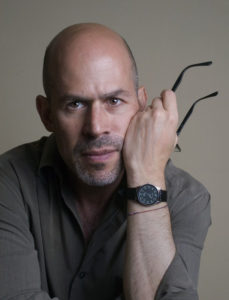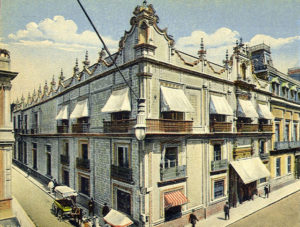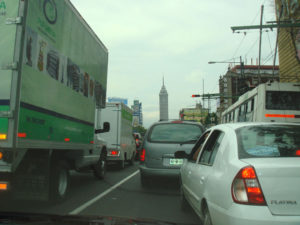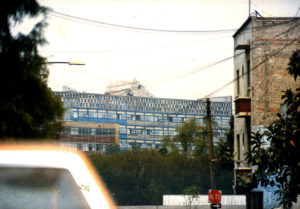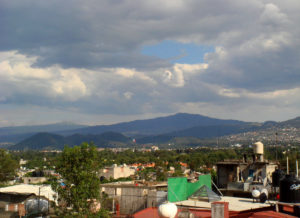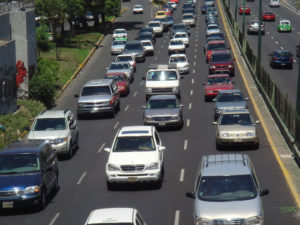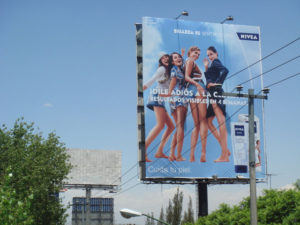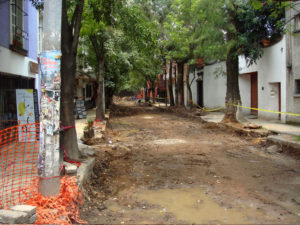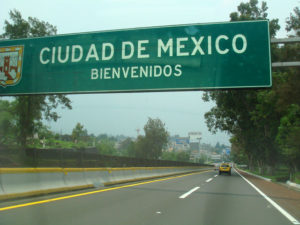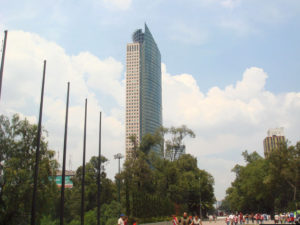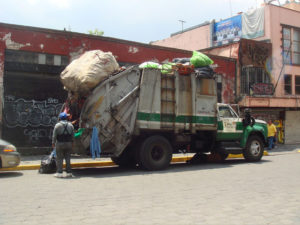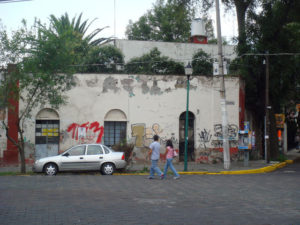Available from Amazon Books: Hardcover
“Mexico City offers us a mirror of our urban prospects, and Americans ignore its example somewhat at their peril.”
Mexico City has long exercised a fascination for writers of varying foreign stripes — Graham Greene, Aldous Huxley, Jack Keruoac, D. H. Lawrence, William S. Burroughs, B. Traven; not to mention Latin American writers such as Roberto Bolaño, Carlos Fuentes, Gabriel Garcia Marquez and Alvaro Mutis — and while some of them have stopped here for brief periods and others have made it their home, the erstwhile megalopolis (now ‘hypermetropolis’) remains an elusive quarry to pin down in words. Its trawling immensity may be a well of inspiration or a veritable Oak Island of futile excavation in search of treasures that refuse to be unearthed.
Fictional renderings are one thing, but even in terms of reportage or social analysis (in English), it’s been awhile since a chronicler in the vein of Alan Riding stepped up to the plate to attempt to explain what makes Mexico City — aka the D.F., (Federal District), home to 20 million people spread across 600 square miles — tick. Now comes a new book — First Stop in the New World: Mexico City, the Capital of the 21st Century (2008, Riverhead Books) by David Lida — that signals a welcome addition to this undernourished canon.
First Stop in the New World provides an authentic, essentially compassionate view of contemporary Mexico City striding into the 21st century, while ambitiously positing its role in the world of a distant future that hurtles ever nearer. While not without its (many) faults — even, to some degree, because of them — Lida confidently asserts that Mexico City offers us a mirror of our urban prospects, and that Americans ignore its example somewhat at their peril.
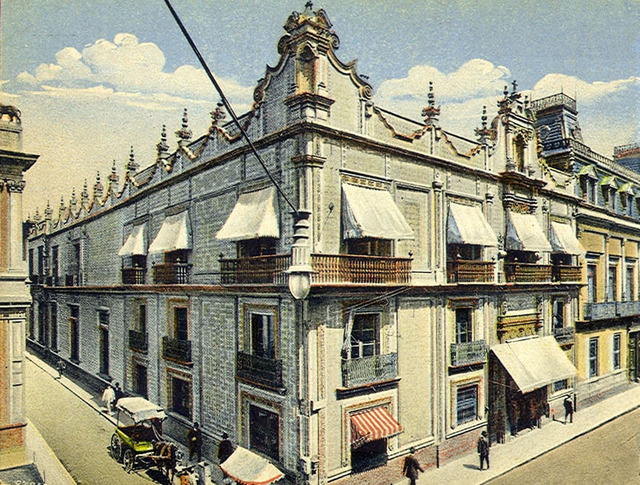
As a native New Yorker born and bred, Lida is no wide-eyed innocent when it comes to the realities of frenetic large-scale urban living. Yet about 15 years ago, after shunting back and forth between the two North American giants and with an acclaimed short story collection about Mexico (Travel Advisory: Stories of Mexico) under his belt, Lida decided Mexico City offered a vitality and spontaneity that New York no longer did, and after working several years ostensibly as a journalist affirmed his commitment to his adopted country by becoming a Mexican citizen.
First Stop in the New World has generated strong praise from Kirkus Reviews (“charmingly unaffected, forthright and widely knowledgeable”); Jon Lee Anderson, author of Che Guevara: A Revolutionary Life and The Fall of Baghdad (“a subversive code-breaker”); Francisco Goldman, author of The Art of Political Murder (“one of the world’s greatest and most misunderstood cities has found its great translator and chronicler”); and Tony Cohan, author of On Mexican Time and Mexican Days (“…will surely stand for years as the definitive Mexico City book… It is impossible to imagine a better book about the city, a better writer to deliver it”).
I recently met with David at a downtown Mexico City cantina to discuss First Stop in the New World.
Can you tell us how the idea for the book came about?
One night about four years ago I was in a cantina called Covadonga with my dear friend, the novelist Francisco Goldman. Frank is passionate about his enthusiasms and can be both hyperbolic and dogmatic. He told me — rather than suggested to me — that I had to write a non-fiction book about Mexico City. ‘You’re the only one who can do it in the English language,’ he said. ‘If you do it, it will be a big hit and you’ll be able to sell everything you write, even your grocery lists.’
While I appreciated his confidence in my talent, the idea of trying to define Mexico City in a single volume terrified me. It seemed impossible. That very night, as I lay in bed trying to sleep, the wheels began to turn. By the end of the week I had begun the proposal. Maybe the very impossibility of it was what attracted me.
How would you personally describe your book?
It is a street-level panorama of contemporary Mexico City — journalistic, anecdotal and, I hope, literary. In other words, I’ve done the research (legwork, reading, investigation of hard data) but I hope to tell the story in an engaging way. I believe I defined the most important issues faced by the people who live here, and tried to tell the story through their eyes and experiences.
At the same time I want it to be clear that the book is filtered through one idiosyncratic writer’s lived experience of Mexico City. This might sound contradictory but it is not – if I had pretended to be an objective, omniscient reporter, it would have been fiction.
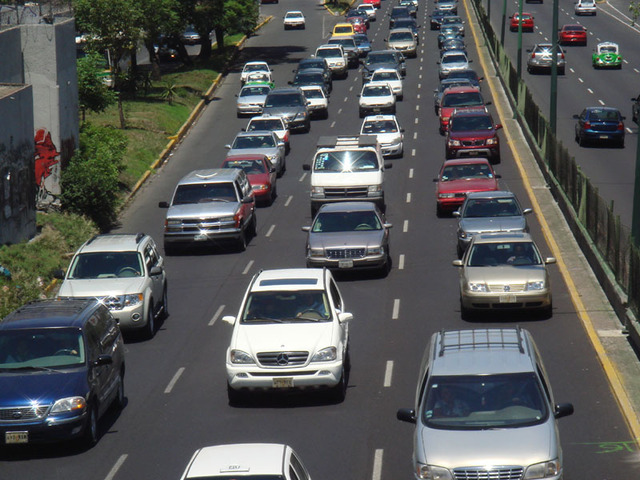
How did you go about compiling the stories and anecdotes?
The worst thing that a Mexican writer can say about another is escribe con las patas — ‘he writes with his feet.’ Early on, however, I realized that the only way to write the book would be with my feet. I’d lived here long enough to have a pretty good idea of what I knew about the city and what I didn’t, and I had to get in the metro, the pesero, the taxis, and go and hang around those neighborhoods I didn’t know well or at all. I had to walk around until my feet hurt and I had to talk to a lot of strangers. I had to go to places that people told me not to go to, and get lost and go off on tangents. The city is so big — it has 85,000 streets and 5,000 neighborhoods.
It wasn’t all from scratch. Luckily, some circles were concentric. During the first couple of years working on the book I was simultaneously employed writing reportages and features at a city magazine called D.F. (which, sadly, no longer exists). Some of the research I did on that magazine found its way into the book, as did some of my work as a freelance reporter.
Who are some of the memorable characters?
That’s a little bit like asking a mother to identify some of her memorable children. About half of the people in Mexico City survive within the underground economy, making up their lives as they go along. That means that the unorthodox, or seemingly strange, becomes normal and everyday here. Once they begin to tell you their stories many of them are going to be memorable. I truly admire these people — their struggle against enormous obstacles strikes me as heroic.
There is Paty, the fichera, who told me about the client who would buy her a bunch of roses, take her to a hotel room and ask her to strip naked and eat the rose petals. There is Jacobo, who helps to negotiate the release of kidnap victims, and compares this endeavor to the business of selling shirts. There is the cabbie who had been driving for 49 hours straight when he picked me up, and claimed eating onions kept him awake. There is Claudia Tate, a woman of a certain age who sang and danced in the last cabaret in Mexico City.
Carlos Slim is an almost comically made-to-order villain, like those old caricatures of the fat capitalist with the top hat, the cigar and the bags of cash. One would think he is trying to accumulate all the money in the world.
Do you think Mexico City is less, more or equally dangerous as when you wrote ‘Taxi’ (a story from Travel Advisory that referenced the risk of robberies by taxi drivers in the 1990s, something which you experienced personally)?
I believe it is less dangerous. Statistical evidence (which must be taken with a grain of salt) and anecdotal evidence (which is an indicator rather than in any way scientific) back me up on this belief. I think a relevant question is whether or not Mexico City was ever as dangerous as it was made out to be. In the chapter about crime I try to demonstrate that, while the crime wave of the mid to late 1990s was by all means very real, the perception of danger outstripped the reality.
I believe this is truer than ever. I read in the July issue of Nexos that the main news broadcast on Televisa devotes half its time to crime reports. Surely there is more going on in Mexico than that. I think we have to ask ourselves who benefits from a citizenry that is manipulated into complete panic about its safety. What are they not thinking about while they are thinking about danger?
On practical terms, the economy has improved. There is more money today than there was ten or twelve years ago. As badly as that money may be distributed, at least some of it has trickled down, in the form of salaries and social programs. I also think that some of the more enterprising criminals are in other parts of the country, particularly the northern and southern borders, trafficking drugs.
An interesting statistic I read the other day is that in Caracas, roughly the same number of people is murdered each month as in a whole year in Mexico City.
Why do you think Mexico City will be — to use Rem Koolhaas’ description for Manhattan last century — the ‘urban Rosetta Stone’ of the 21st century?
More than half of the people in the world live in cities. And most of us do not live in neat, orderly ones like Toronto or London, Sydney or Paris. Most of us live in sprawling chaotic cities that have expanded monstrously in the last decades, without anything resembling urban planning. I’m referring to cities like Mumbai, Shanghai, Cairo or Lagos. Each of those places has more than ten million residents, often struggling for inches of space. Mexico City is, geographically and spiritually, the closest one of these megacities to western civilization. If you have some idea of how Mexico City works, you begin to understand how much of the world works, and how many of its residents live.
Why would you recommend living here?
For as long as Mexico City has been in my consciousness, it’s had a reputation as the poster boy for the nightmare of urban overdevelopment. It’s always taking a bad rap for crime, pollution, overpopulation, poverty, corruption, traffic, et alia, ad nauseum. Yet at the same time ,in many respects it is a very civilized city — more so than, say, the big cities in the U.S. For example, if you walk into an elevator in the morning everyone says buenos días. When your food is served at a restaurant the people at the next table say buen provecho. When I walk into my favorite cantinas, the waiters shake my hand. When I am introduced to a woman at a party, we exchange kisses on the cheek. Nothing of the sort happens in New York, my hometown. Other highlights are eating on the street, cantina lunches, the thriving energy you feel on nearly every corner.
Somehow I also feel more connected to the world in Mexico City. Much of the world works more like Mexico City than, say, Los Angeles or Berlin. In the last year I have been both to the U.S. and Europe. I enjoyed myself immensely but felt as if I were in some kind of protected bubble.
*David Lida has also recently published a separate collection of his journalism about Mexico City in Spanish called Las Llaves de la Cuidad (The Keys to the City) 2008, Sexto Piso, 210 pp
Available from Amazon Books: Paperback

